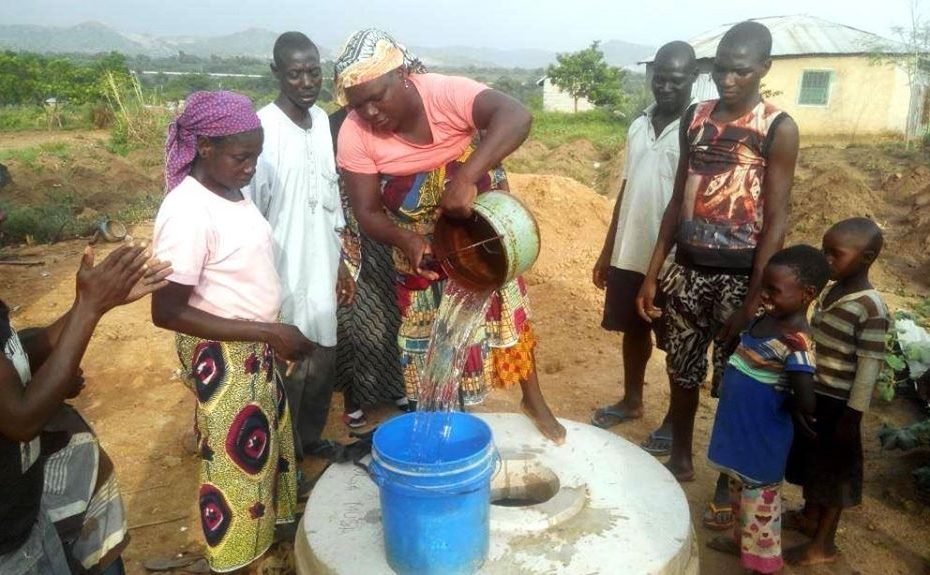Water is a critical part of life. Since the dawn of civilization, humankind has had to work hard to survive where water is limited. Water is the wealth that most countries hold on to, and it has been a source of wealth. However, dryland areas cover 52 million square kilometres, more than one-third of the globe’s land surface. Many of the billion people affected by water scarcity live in low-income countries. Water scarcity is associated with an epidemic, food shortages, and a threatened economy. Freshwater to us at One World Aid is not just focusing on the supply of only drinking water but also stretches to freshwater needed for farming, cleaning, sanitation, and hygiene (WASH). Thus, providing water for agricultural purposes poses a great challenge to dry regions.
Method of providing fresh water
Rooftop water drainage: Water collected from the roof during rainfall is practised in low-income countries. However, this method is limited in that raining season in arid regions is less and storing till the next time there is rainfall will result in the breeding of mosquitoes that can ultimately result in other health issues like malaria. Also, the water harvest from the roof is mostly dirty and acidic and makes it unsuitable for drinking and agricultural purposes.
Flood water harvest: Using irrigation methods that make use of flood and rainfall water for agricultural purposes and even some tough arid region makes use of this same flood water as the only source water for domestic consumption. This method is one of the quickest means of transmitting diseases to both humans, farm animals, and crops.
Groundwater extraction: Extracting water from the ground is the best solution for most of the low-income countries that we visited, and we have adopted this method to provide decent clean freshwater for many. The dry land is cut vertically down below the water table, dug to the groundwater, and then clean water starts to come up. This is conducted using machinery and hard work depending on the location. Modern pumps, either manual hand-pumps or mechanical equipment is used to pump the water to the surface and then used by the communities
One World Aid is working assiduously to provide such solutions for several communities around the globe and locations that we have installed the groundwater extraction (borehole). We are in constant search of a modernised and alternative way to pump water in a better and more secure way to supply communities either by the use of renewable energy or the modern water storage system.
Thank you for reading.
You can contact us if you are interested in supporting our WASH intervention.
